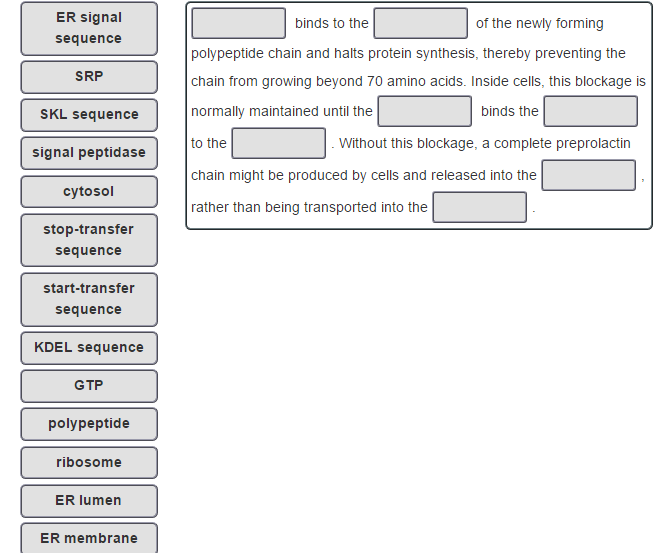
HOs have no ER targeting sequence, and membrane anchoring can occur spontaneously into microsomal membranes but not into RBC membranes. The HOs have a single C-terminal transmembrane region 8 and are considered ER-anchored 9 due to their enrichment in microsomal fractions.
CYTOSOL AND ER LUMEN FULL
But little is known about the chaperones that can transport hydrophobic heme through the aqueous cytosol, and a full pathway for heme transport from the phagosome to the endoplasmic reticulum (ER)-bound HO1 still needs to be clarified. 6 HRG-1 is expressed in the endo-lysosomal system 7 and is, therefore, a good candidate to transport heme released from hemoglobin to the cytosolic compartment. In recent years, several heme transporters have been cloned, including the heme importer HRG-1. 5 The fact that most heme targeted for breakdown is released in membrane-bound compartments implies that heme needs to be transported to the site of its degradation or the enzyme needs to be recruited to the site of heme release. 4 Approximately 85% of all heme degraded in mammals comes from hemoglobin. HO1 and HO2 break down heme into iron, carbon monoxide (CO) and biliverdin, and this pathway is the main physiological heme degradation system. Nitric oxide synthase is digested by the proteasome and therefore its heme is released to the cytosol 2 while other heme proteins, such as hemoglobin, catalase and all the mitochondrial heme proteins release their heme into membranebound vesicles of the phago-endo-lysosomal system. The subcellular location of heme protein degradation is not uniform. 1 When released from hemoproteins, heme is degraded by heme-oxygenase (HO)1 or HO2. Heme is a highly hydrophobic molecule embedded in heme proteins and is used as a carrier and sensor of gases, as an electron donor and acceptor, and as a catalyst in many enzymatic reactions. This facilitates iron recycling to ferroportin for iron export and to ferritin for iron storage. These findings imply that in quiescent macrophages, heme breakdown products are generated in the cytosol.

Using constructs of heme-oxygenase 1 with fluorescent proteins, and the endogenous heme-oxygenase 1 in two variations of protease protection assays, we determined that heme-oxygenase 1 is membrane-bound and faces the cytosol in non-activated macrophages in vivo. The subcellular location of the heme-oxygenase 1 active site has not been clarified. During turnover of heme proteins, heme is released in the phago-lysosomal compartment or the cytosol.
CYTOSOL AND ER LUMEN FREE
Free heme is highly cytotoxic and, therefore, both heme synthesis and breakdown are tightly regulated.

Heme is a hydrophobic co-factor in many proteins, including hemoglobin. Therefore, redox and calcium homeostasis and protein glycosylation in the ER provide novel drug-targets for medical treatment in a wide array of diseases.Heme-oxygenase 1 is an endoplasmic reticulum-anchored enzyme that breaks down heme into iron, carbon monoxide and biliverdin. The unique set of enzymes, selection of metabolites, and characteristic ion and redox milieu of the luminal compartment strongly argue against the general permeability of the ER membrane.Īlterations in the luminal environment can trigger the unfolded protein response, a common event in a variety of pathological conditions. Mounting evidence supports the existence of a real barrier between the ER lumen and the cytosol. Ca(2+)-dependence of certain ER chaperones is a subject of intensive research.

Transport of the required intermediates across the ER membrane and maintenance of the luminal redox conditions and Ca(2+) ion concentration are indispensable for appropriate protein maturation.Ĭooperation of enzymes and transporters to maintain a thiol-oxidizing milieu in the ER lumen has been recently elucidated. Compartmentation plays a crucial role in the post-translational modifications, such as oxidative folding and N-glycosylation in the ER lumen. Proteins destined to secretion and exposure on the cell surface are synthesized and processed in the extracellular-like environment of the endoplasmic reticulum (ER) of higher eukaryotic cells.


 0 kommentar(er)
0 kommentar(er)
